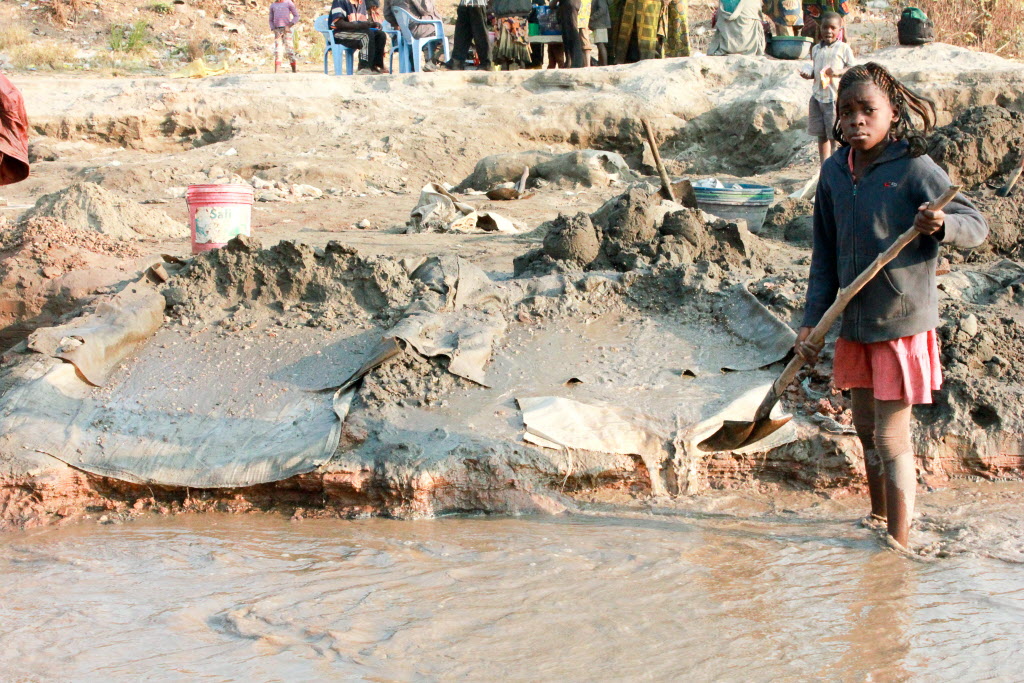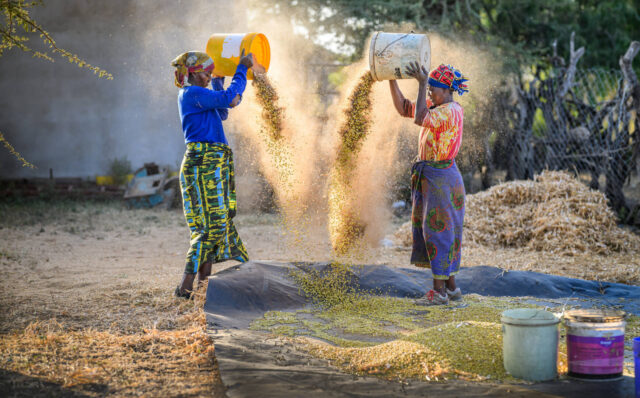Of an estimated 215 million child laborers in the world, some 115 million work in especially hazardous conditions, says the International Labor Organization. A recent World Vision report examined one of the most hazardous forms of child labor: working in mines.
The lives of child miners
Child Miners Speak explores the dirty, dangerous, and degrading lives of more than 50 children, ages 8 to 17, working at an artisanal copper and cobalt mine in the country’s Katanga province of the southern Democratic Republic of the Congo.
Artisanal miners use their hands to extract materials, utilizing little technology or machinery. According to the report, an estimated 40% of artisanal mining workers in the Democratic Republic of the Congo are children.
Artisanal mining is especially treacherous, as it requires plucking stone from loose surface or tunneling, which can lead to deadly rockslides.
What the child laborers say
In the report, the children described the circumstances, impacts, and drivers of their work as miners.
Of the children interviewed by World Vision at the mine site:
- 19% said they had seen a child die on an artisanal mining site.
- 87% experienced body pain, and many had been injured.
- 67% reported frequent or persistent coughing.
- Several girls had had genital infections after working waist-deep in acidic water.
Adverse health effects from mining are severe
The impact of the work on a child’s health is significant.
“Since working here, I have problems with my skin, body pains, and pain in my eyes,” said Jean, an 8-year-old who works alongside his mother at the mine where World Vision’s research took place.
The heavy work can permanently damage a growing child’s bones and muscles. Minerals mined are often hazardous and exposure to uranium and mercury can have profound health effects.
Falling down open mine shafts, being trapped or injured by collapsing tunnels, and drowning while mining underwater are all serious threats.
World Vision’s experience in Katanga echoes the warnings from the International Labor Organization about child health effects of mining:
- Children absorb and retain heavy metals in the brain more easily.
- Children’s enzyme systems are still developing so they are less able to detoxify hazardous substances.
- Children breathe faster and more deeply, so they can inhale more airborne pathogens and dust.
- Children dehydrate more easily due to their larger skin surface and because of their faster breathing.
‘Just scratching the surface’
This research will help World Vision better understand how the Democratic Republic of the Congo government and the international community can support these families and find solutions to child labor in mining.
“This is not a childhood, with no time to play, rest or go on holiday with family,” says Bob Kisulya, the Democratic Republic of the Congo national director for World Vision. “This type of hard labor is robbing children of the childhood they have a right to. Given how much artisanal mining there is across the DRC, we believe we are just scratching the surface of the real issues.”
How you can help fight child labor
- Pray for children trapped in work that puts them in danger or prevents them from attending school. Ask God to protect them from further exploitation so that they may enjoy the physical, mental, and spiritual nurture they need to maximize their potential.
- Contact your members of Congress and let them know that you support programs that help prevent child labor around the world.
- Give to support World Vision’s grassroots work around the world to protect children from child labor and other forms of exploitation, abuse, and violence.
- Sponsor a child. By investing in a child’s life, you’ll help them stay in school. You’ll also help to build up their community so that there’ll be more job opportunities for them to pursue as adults.




